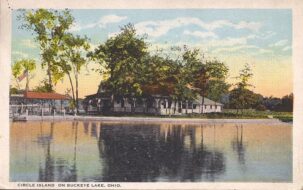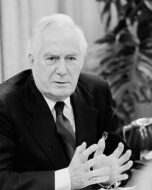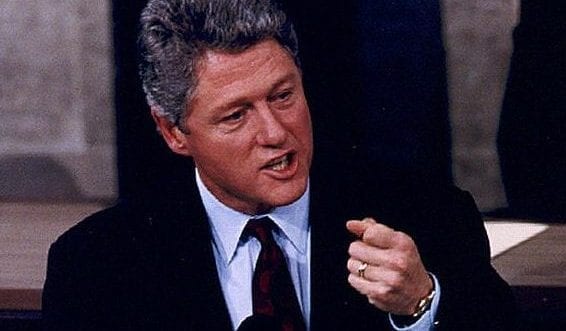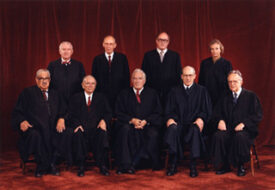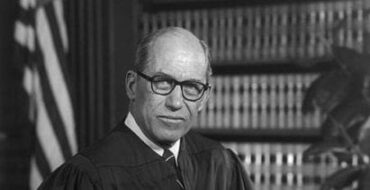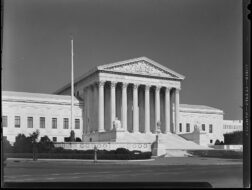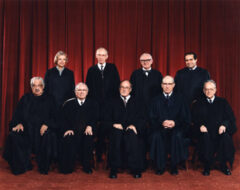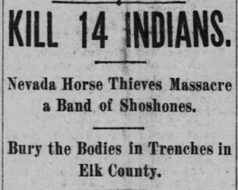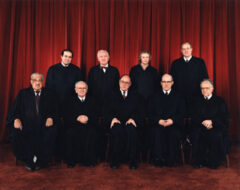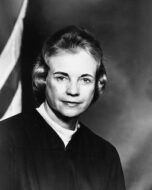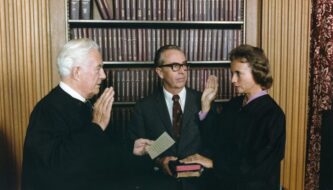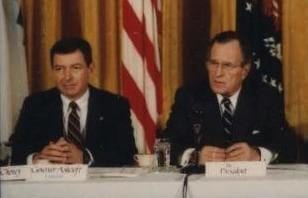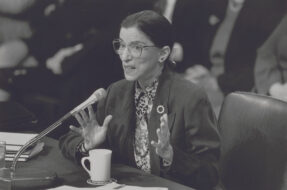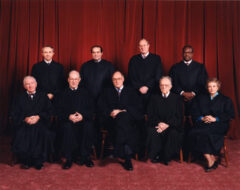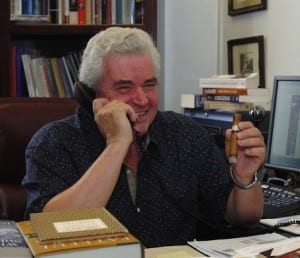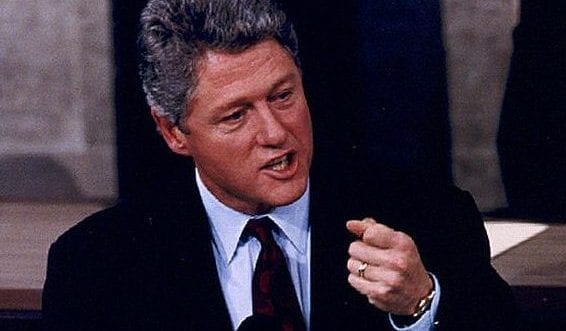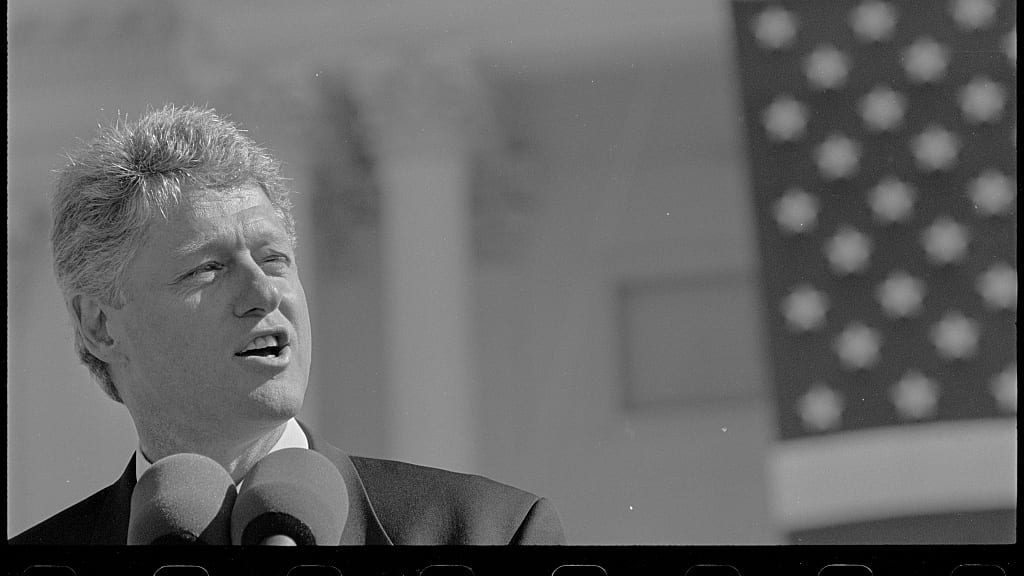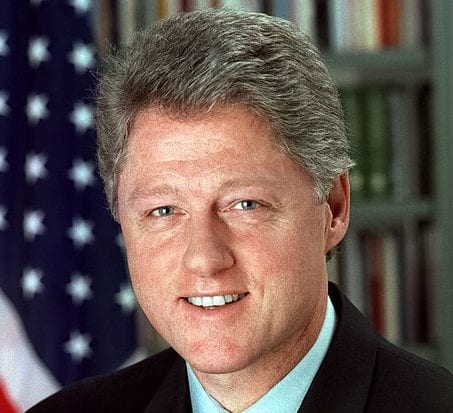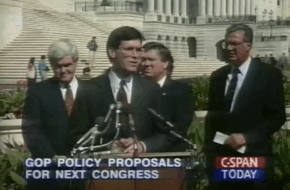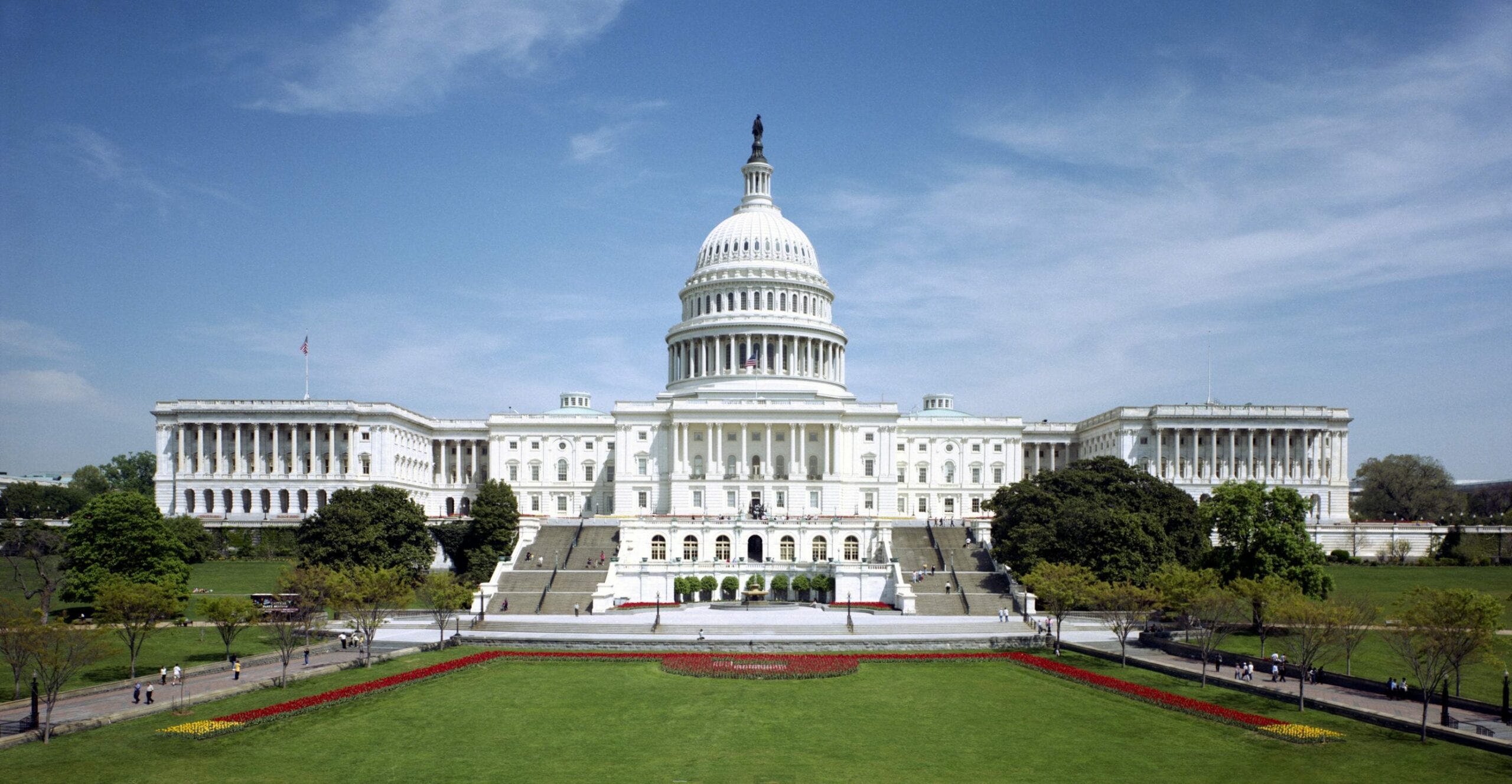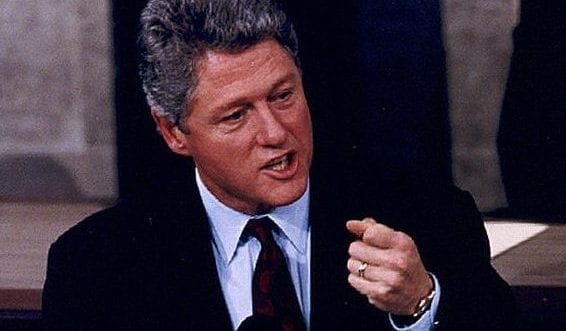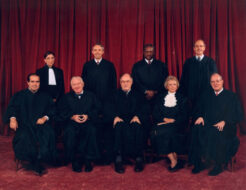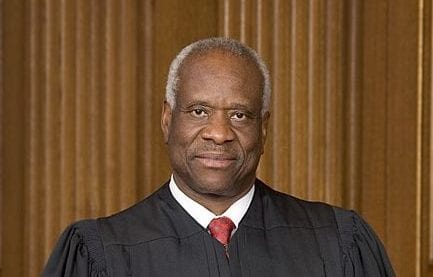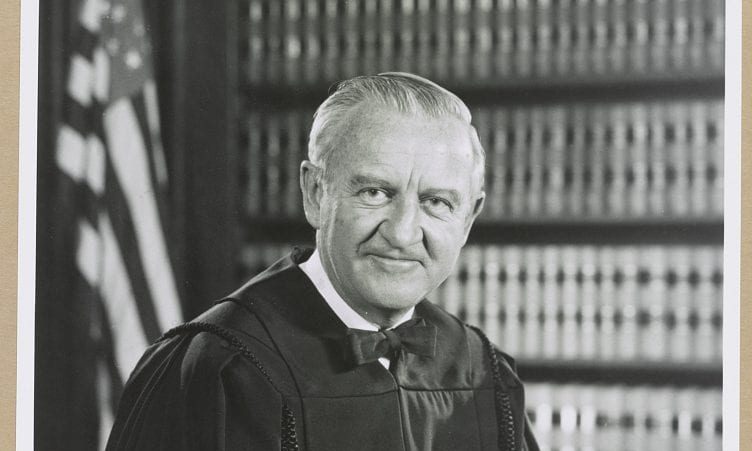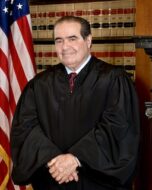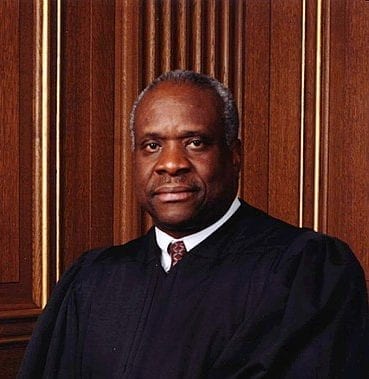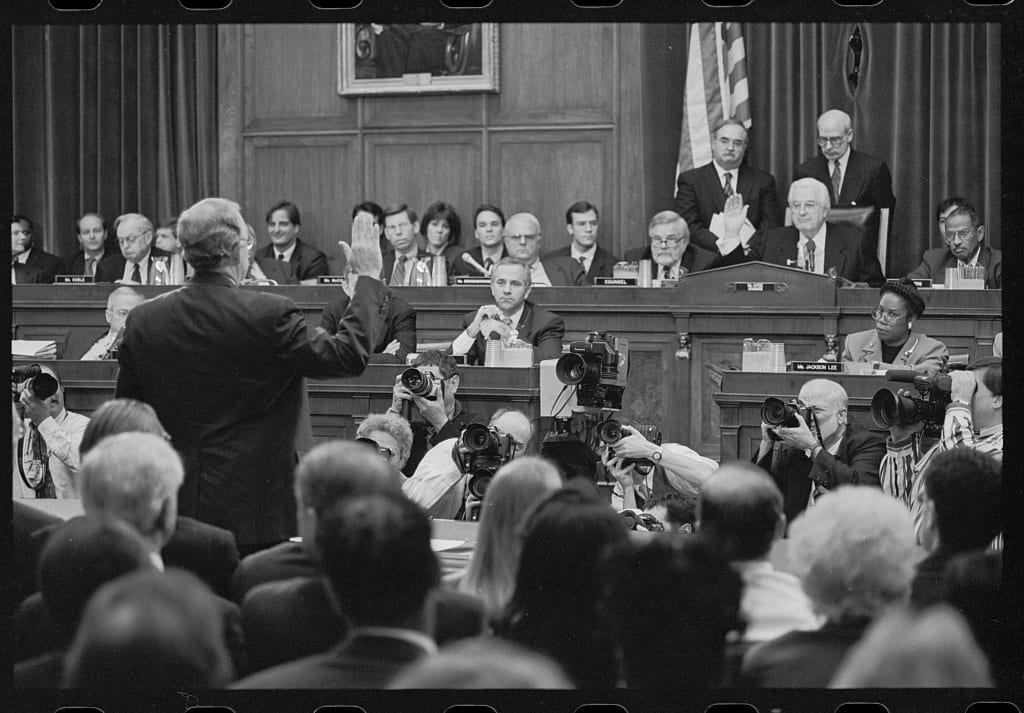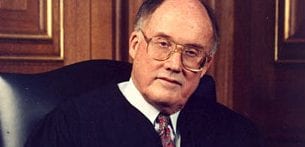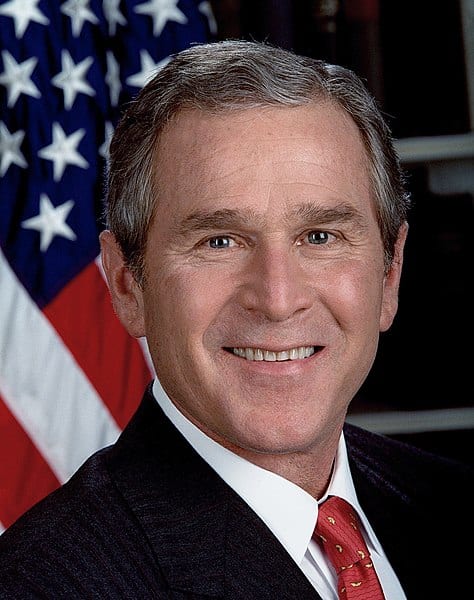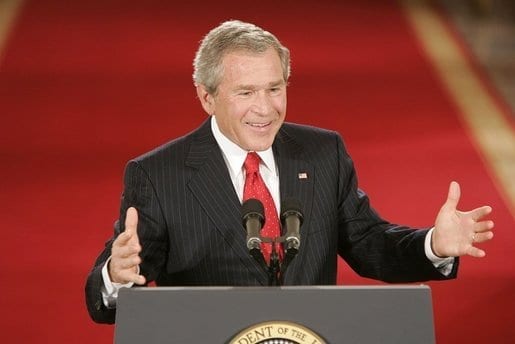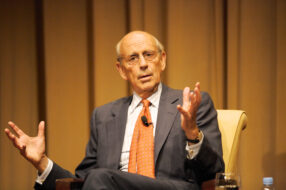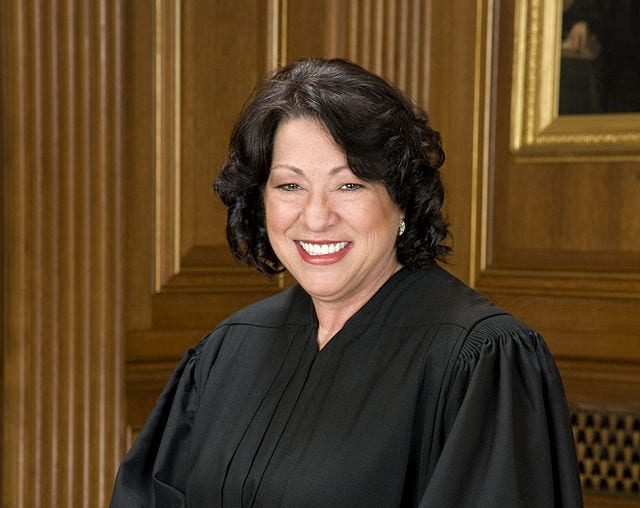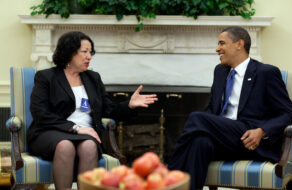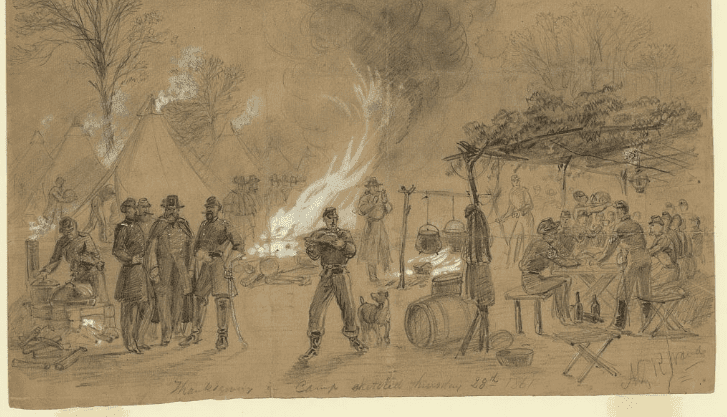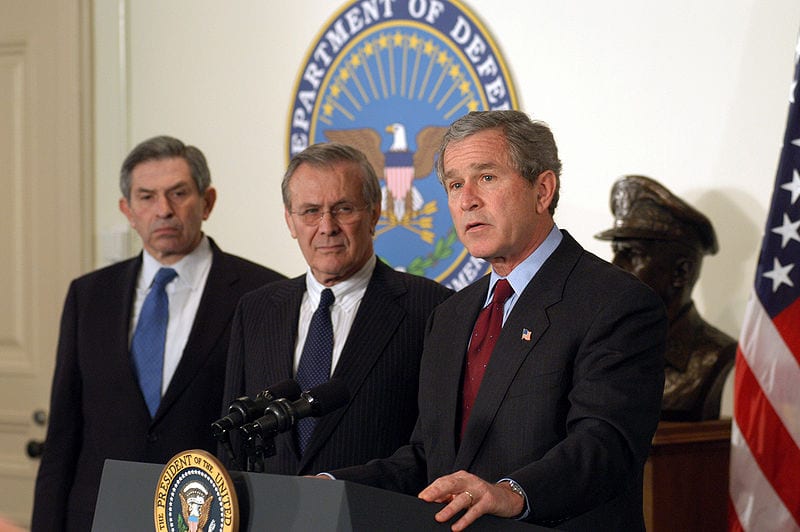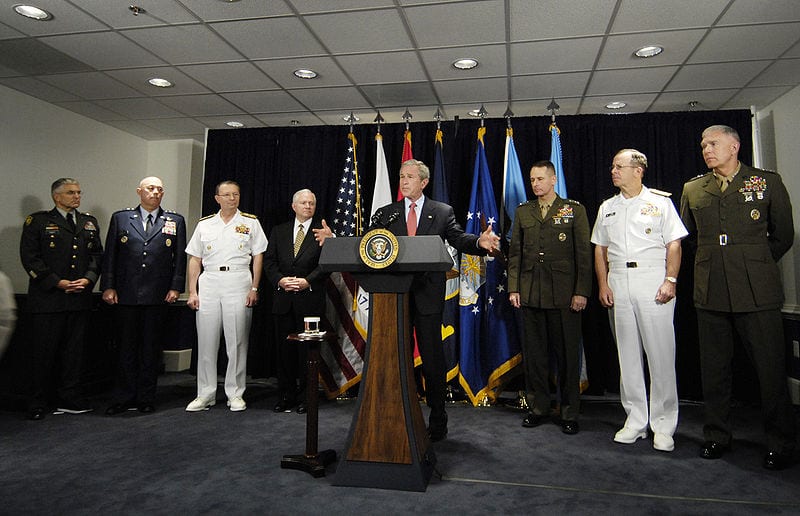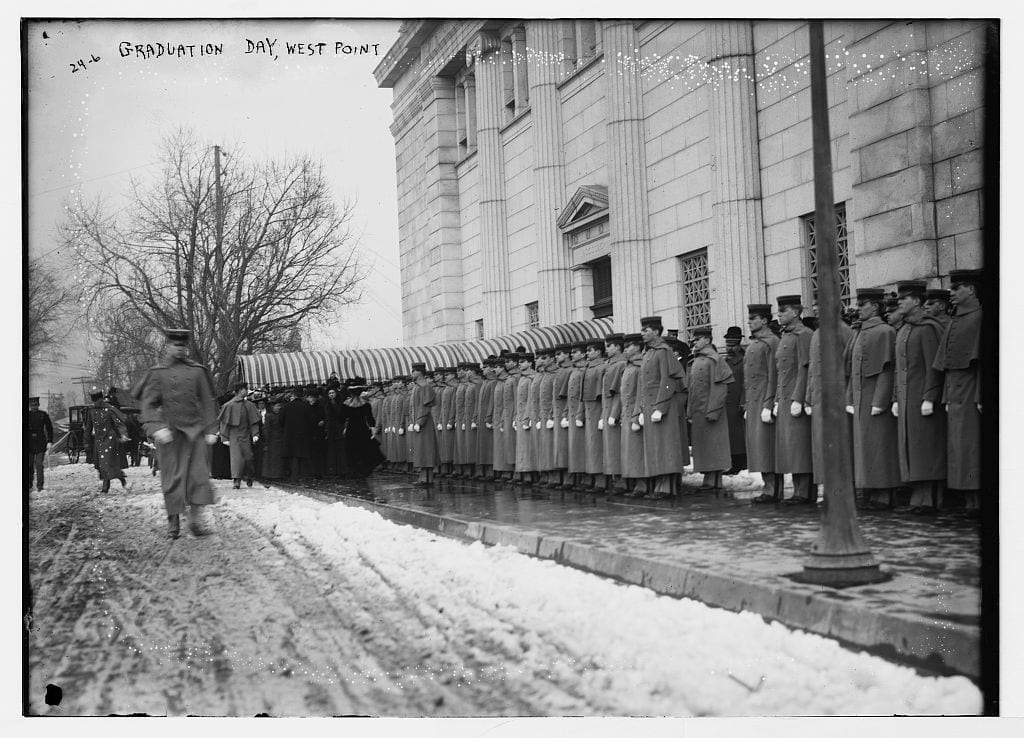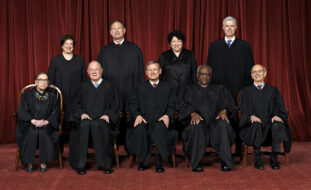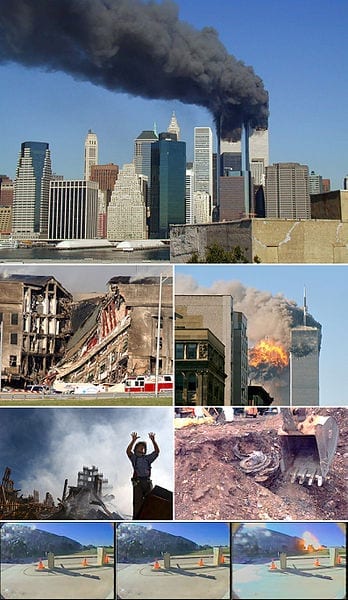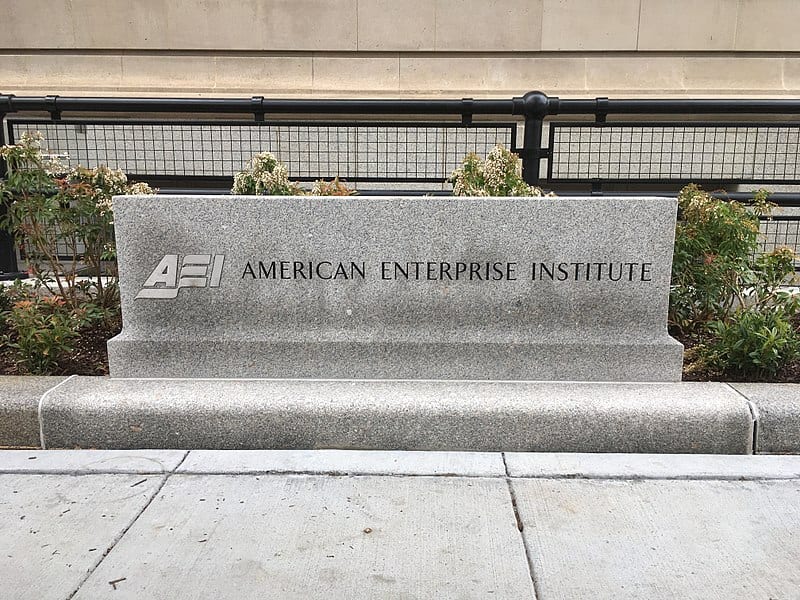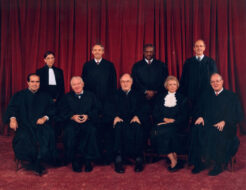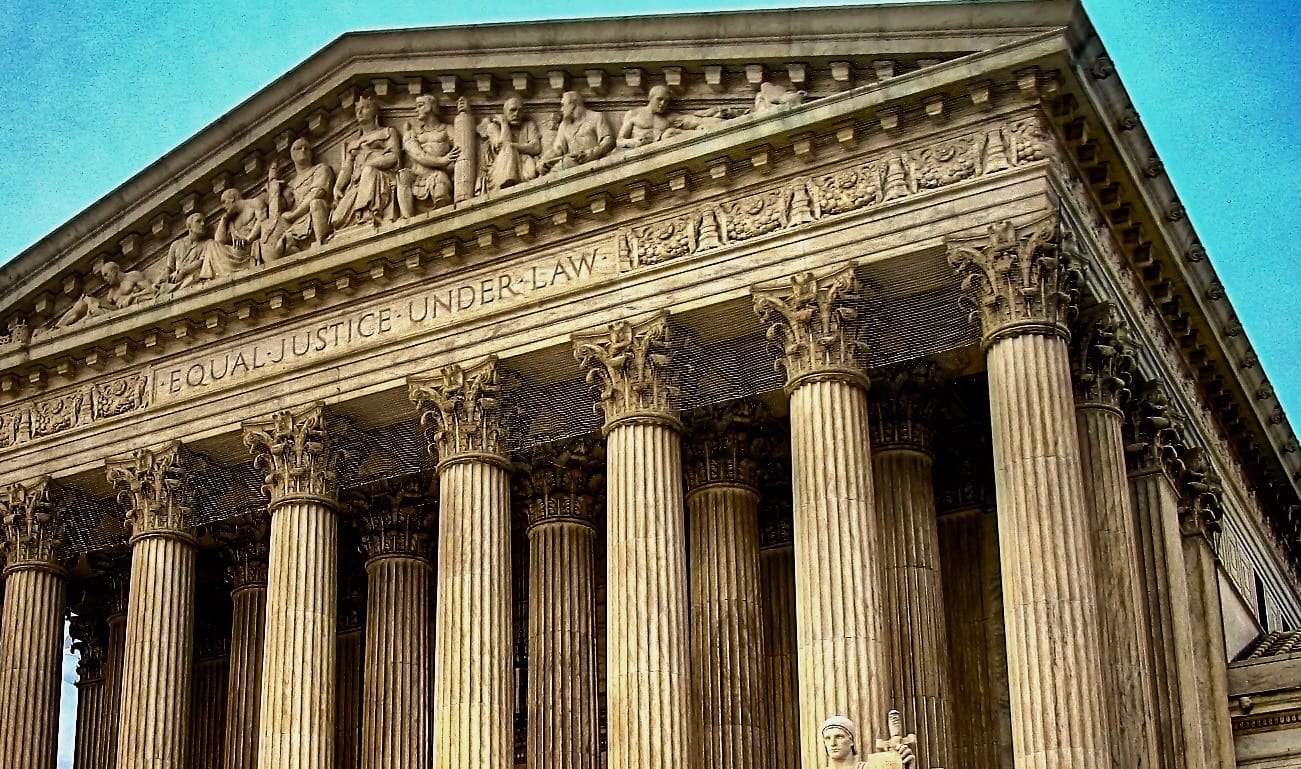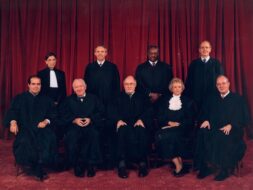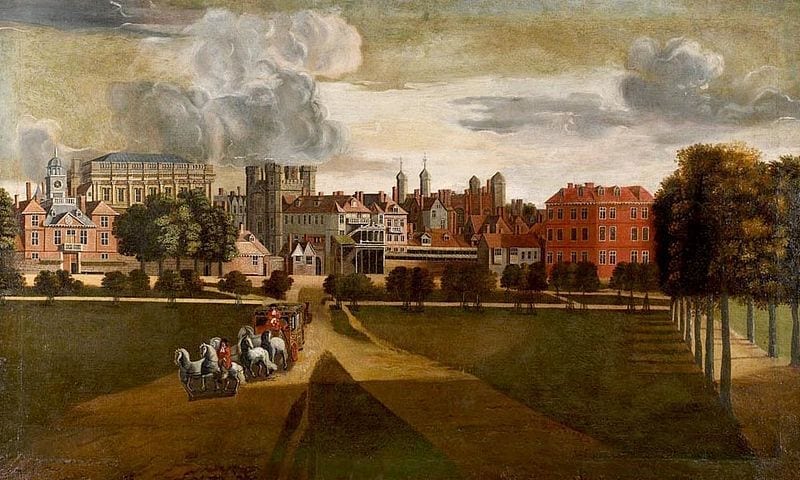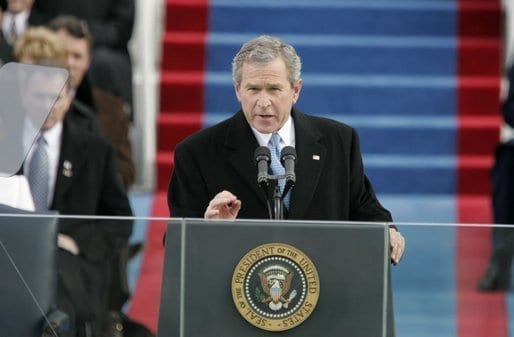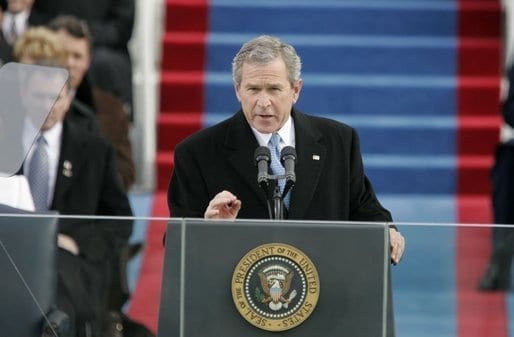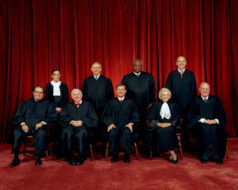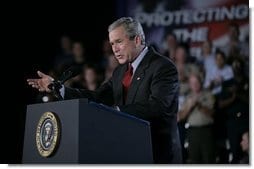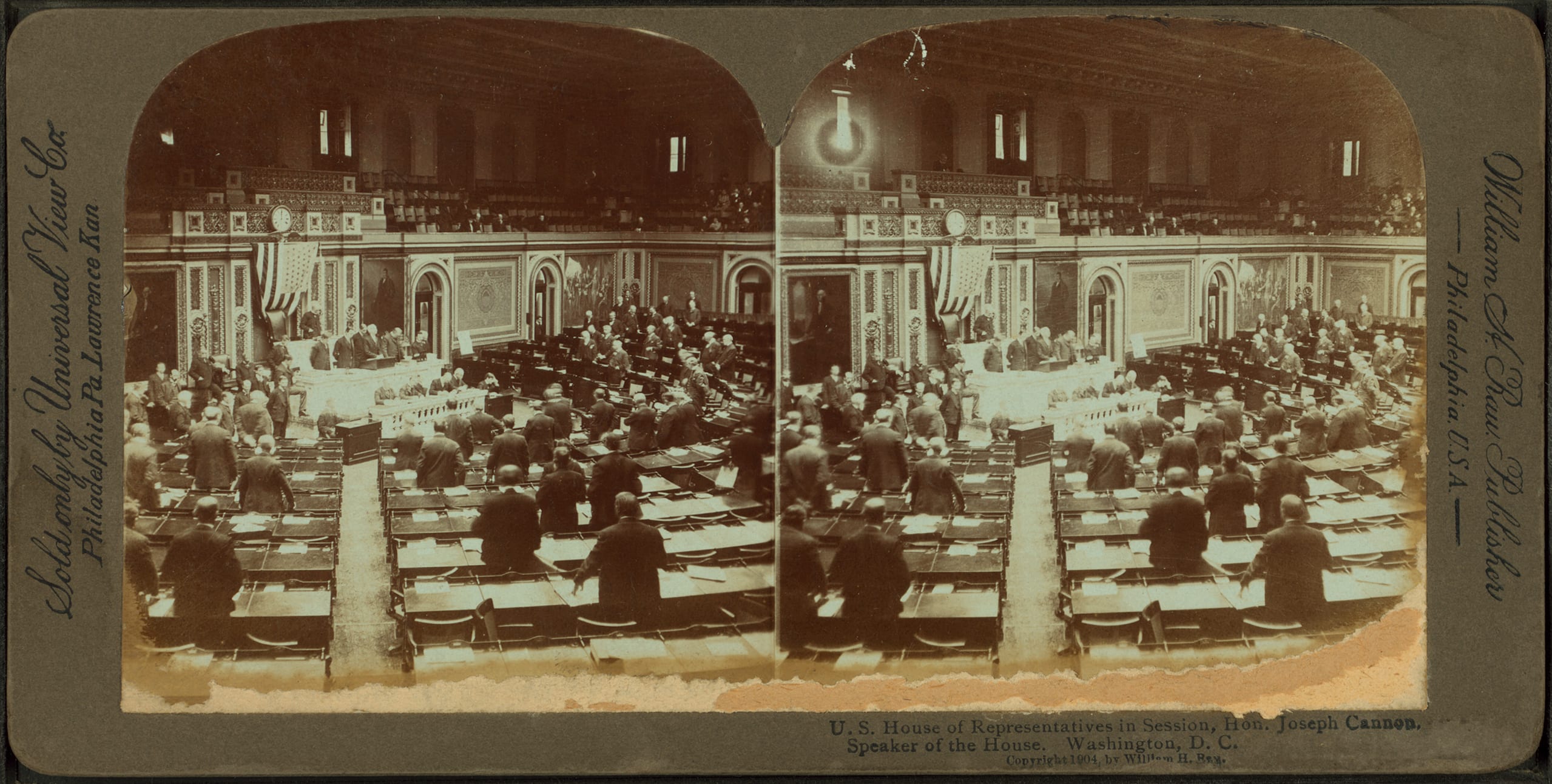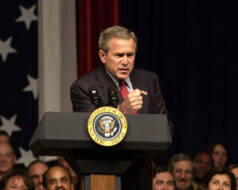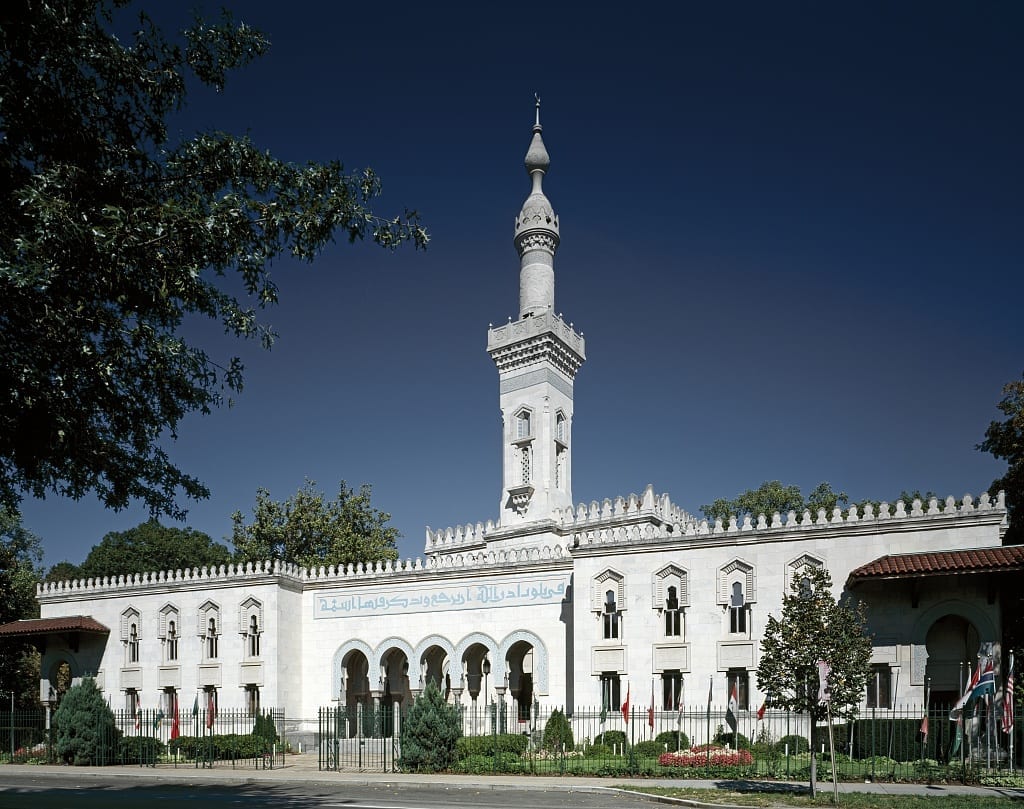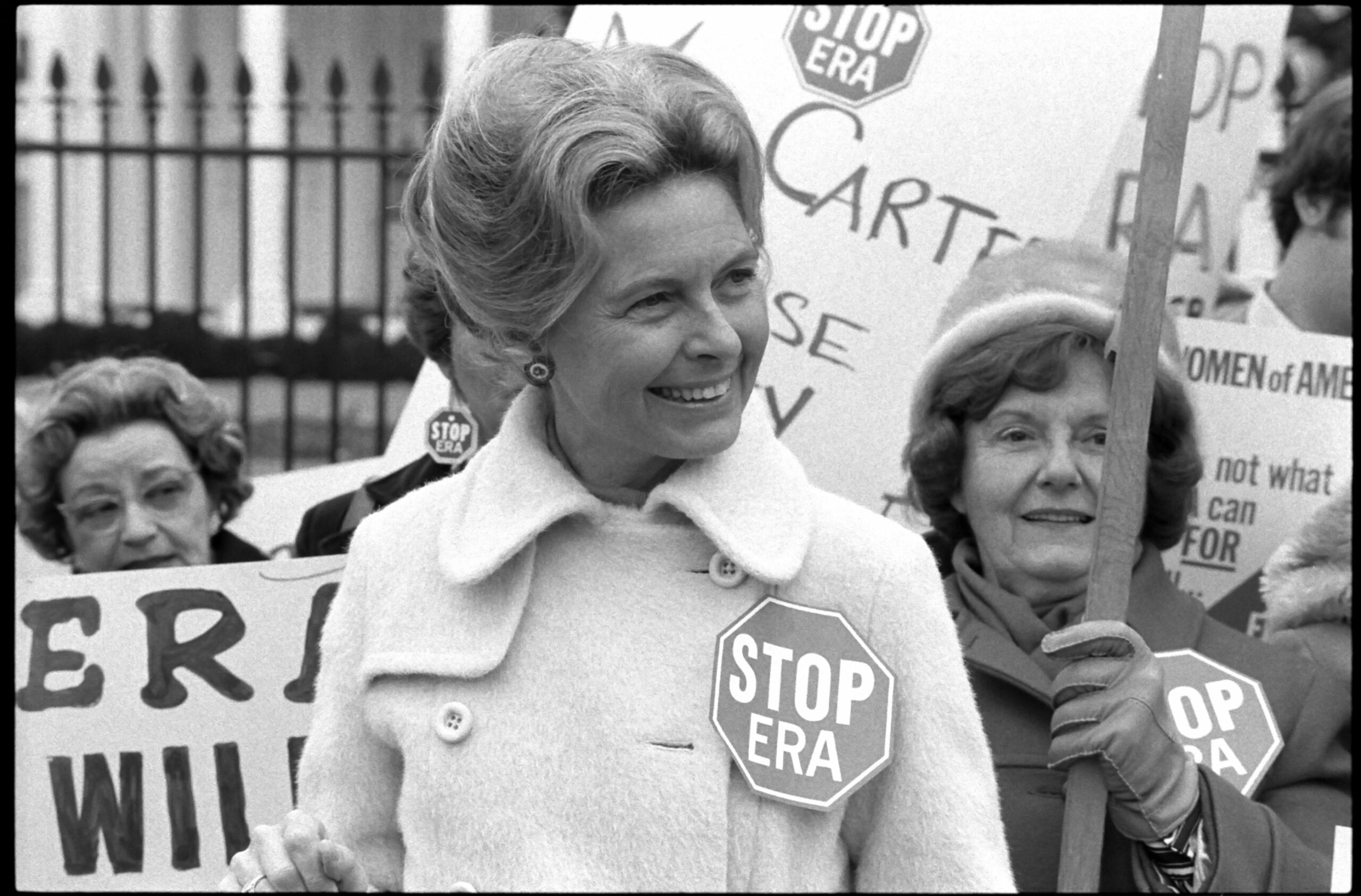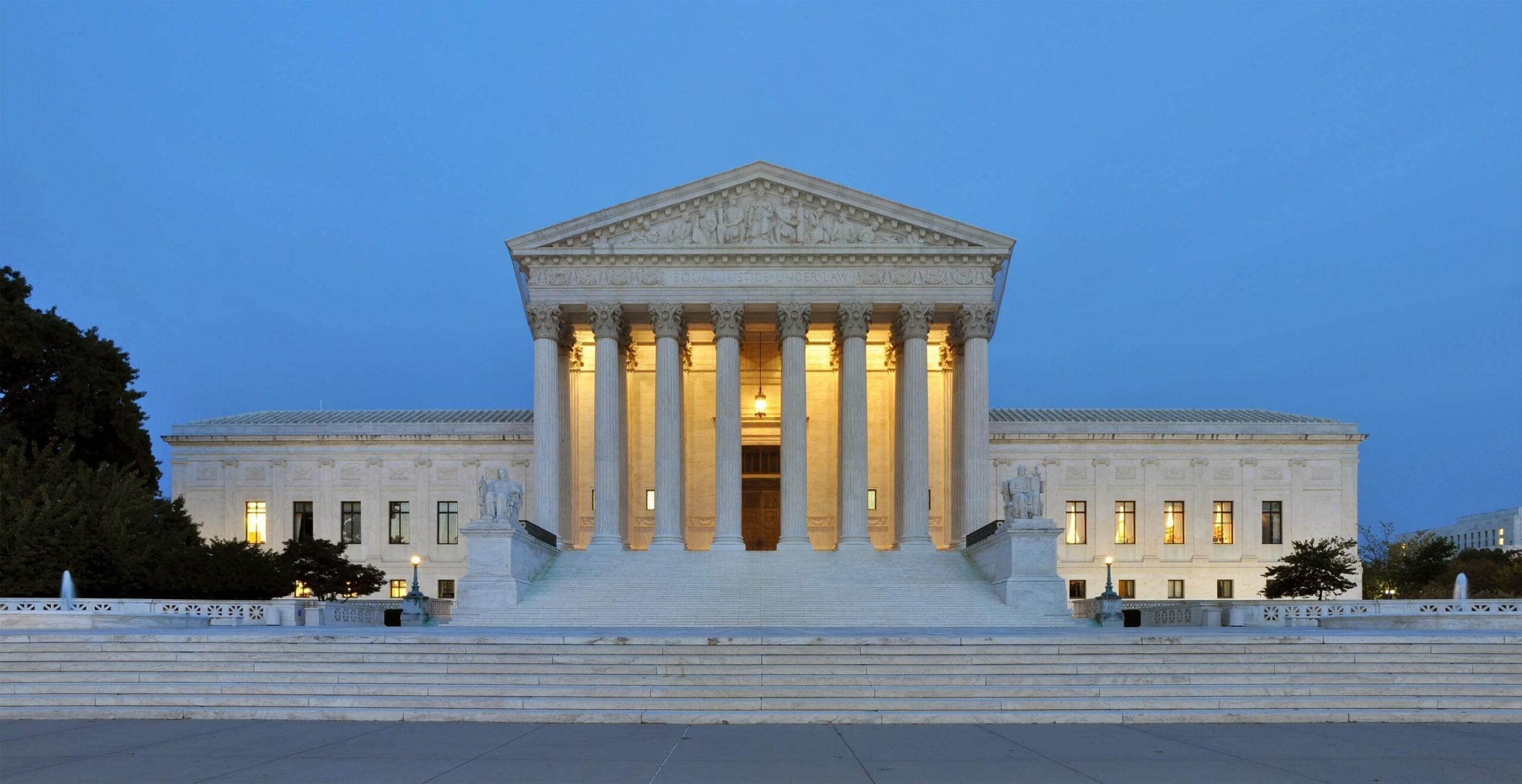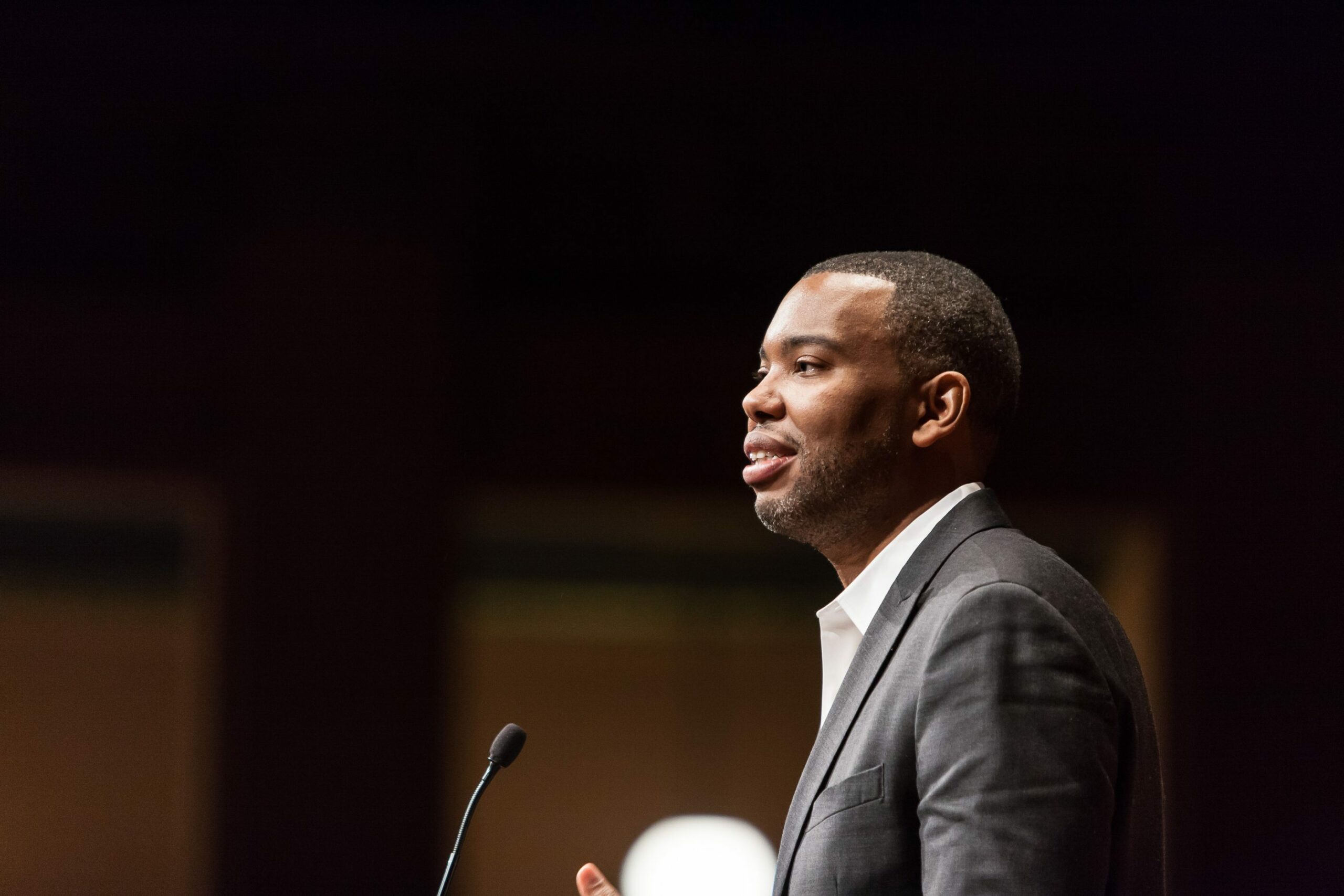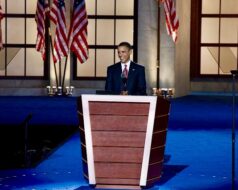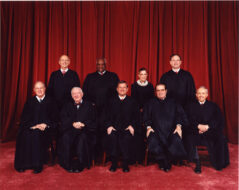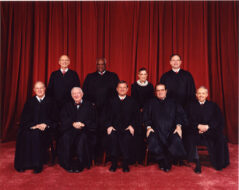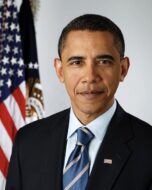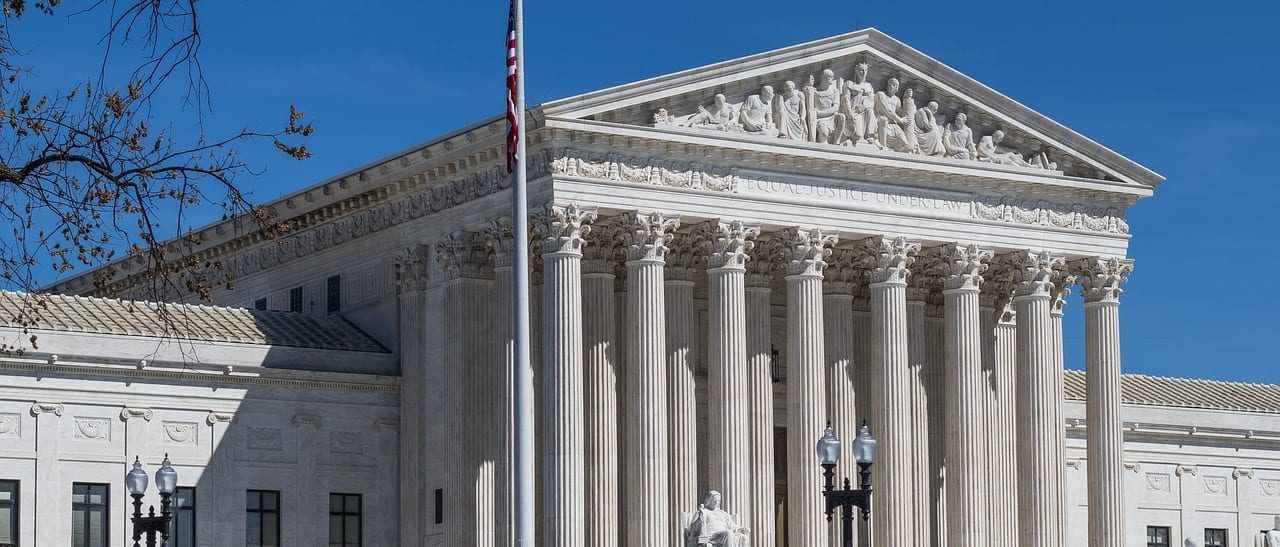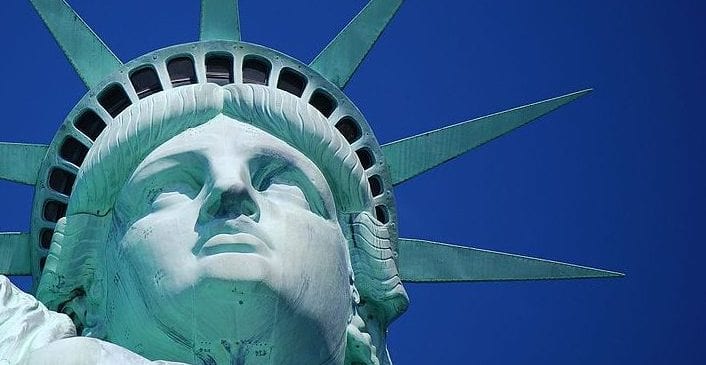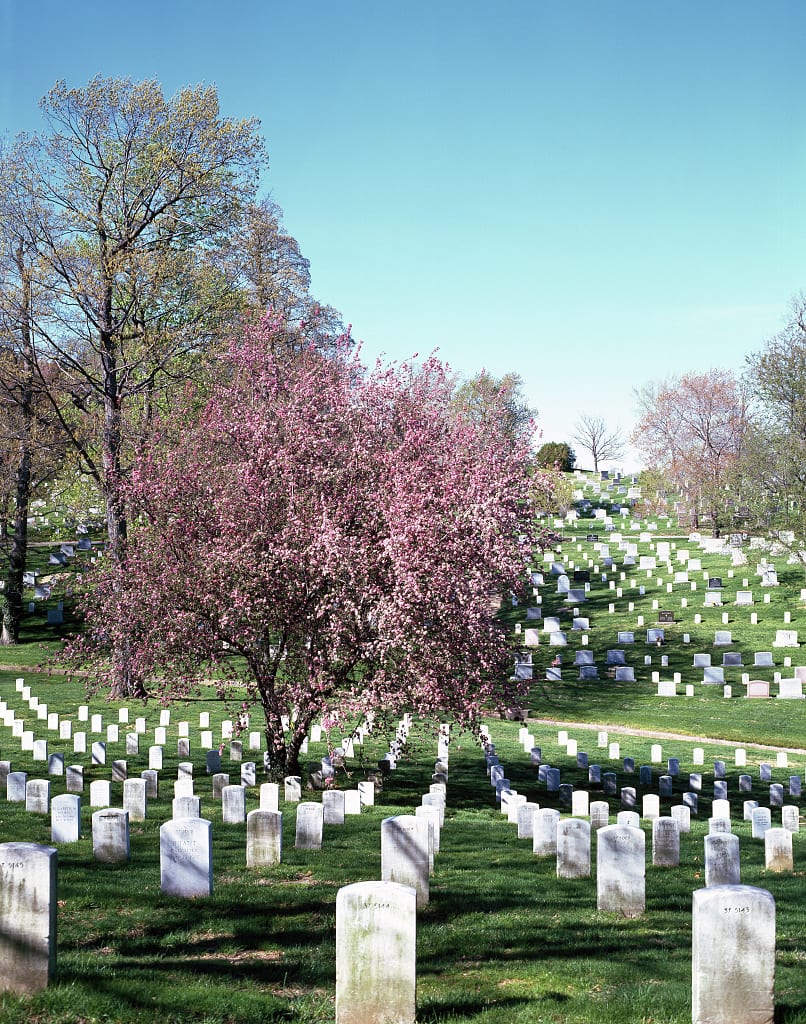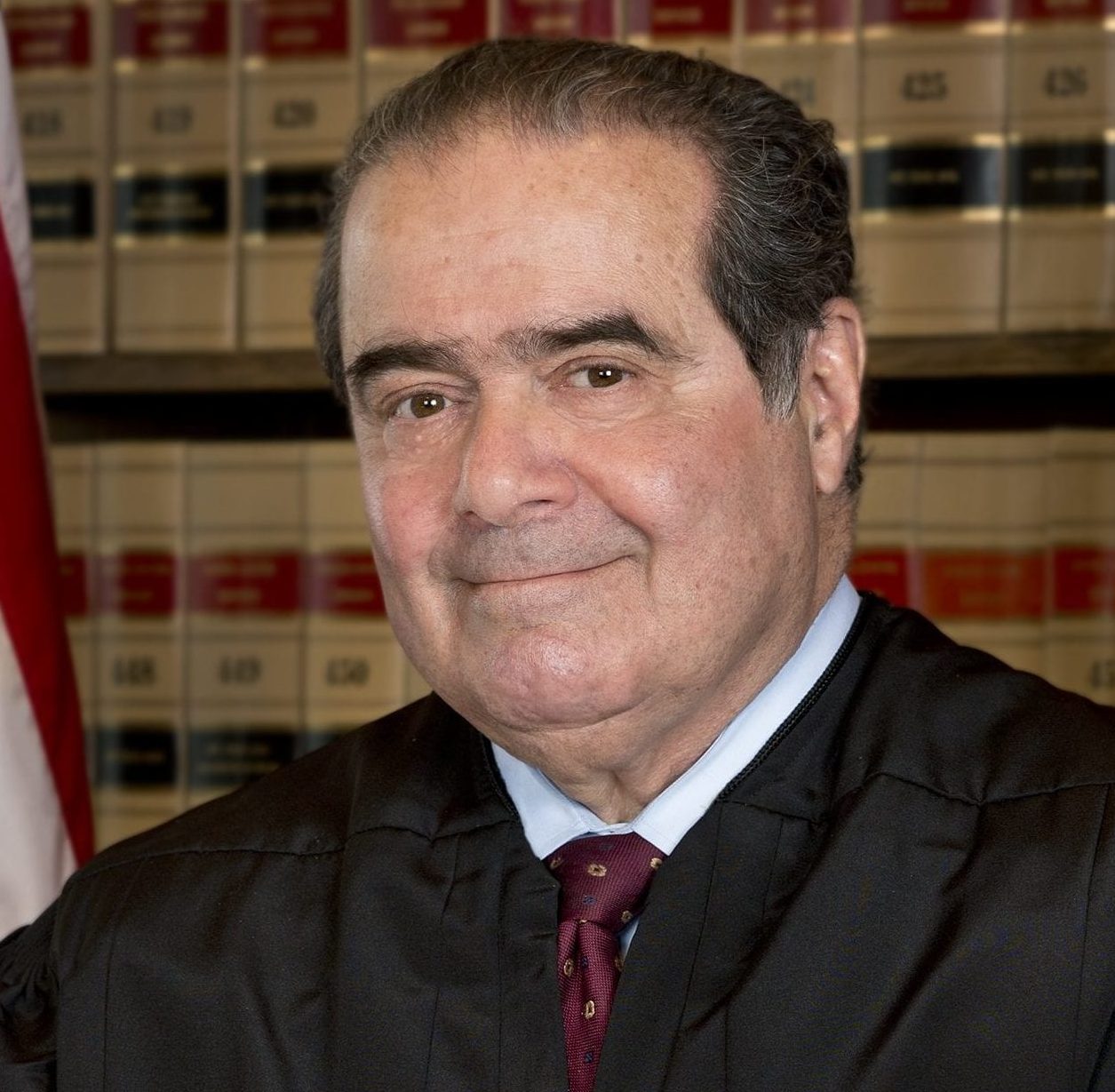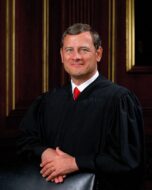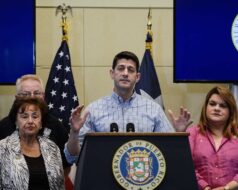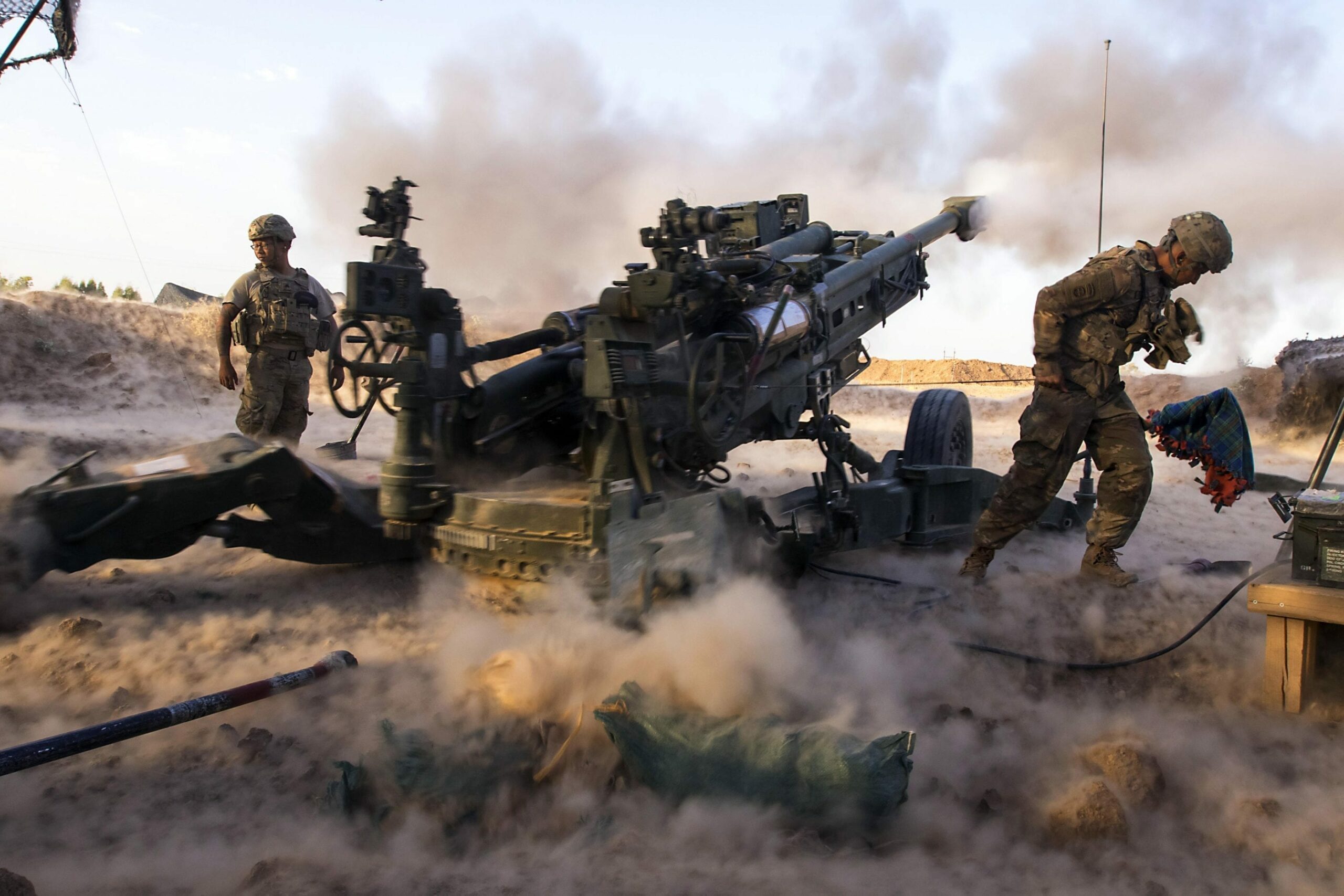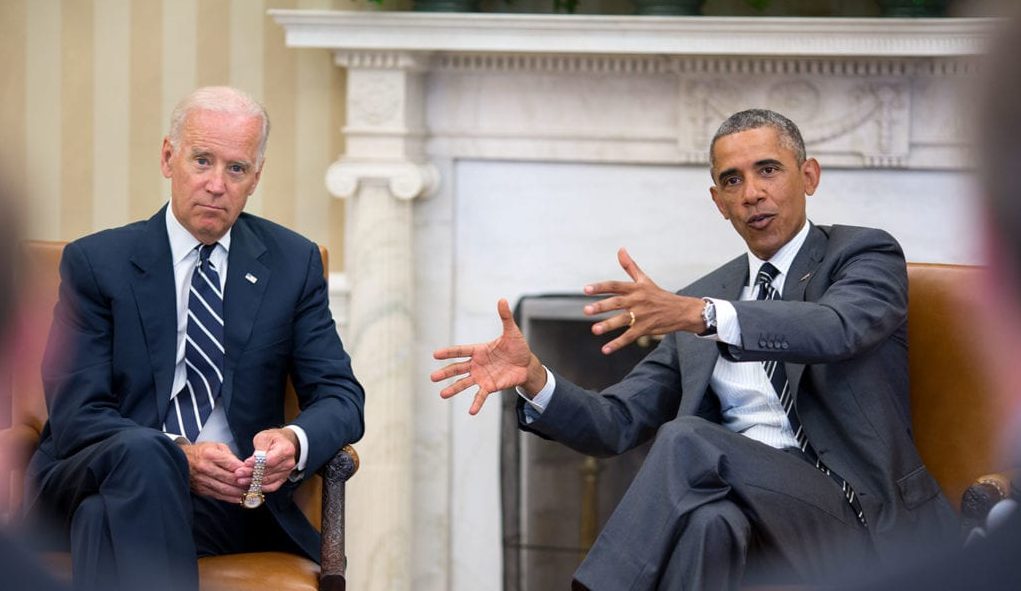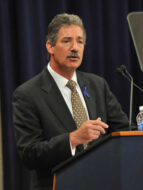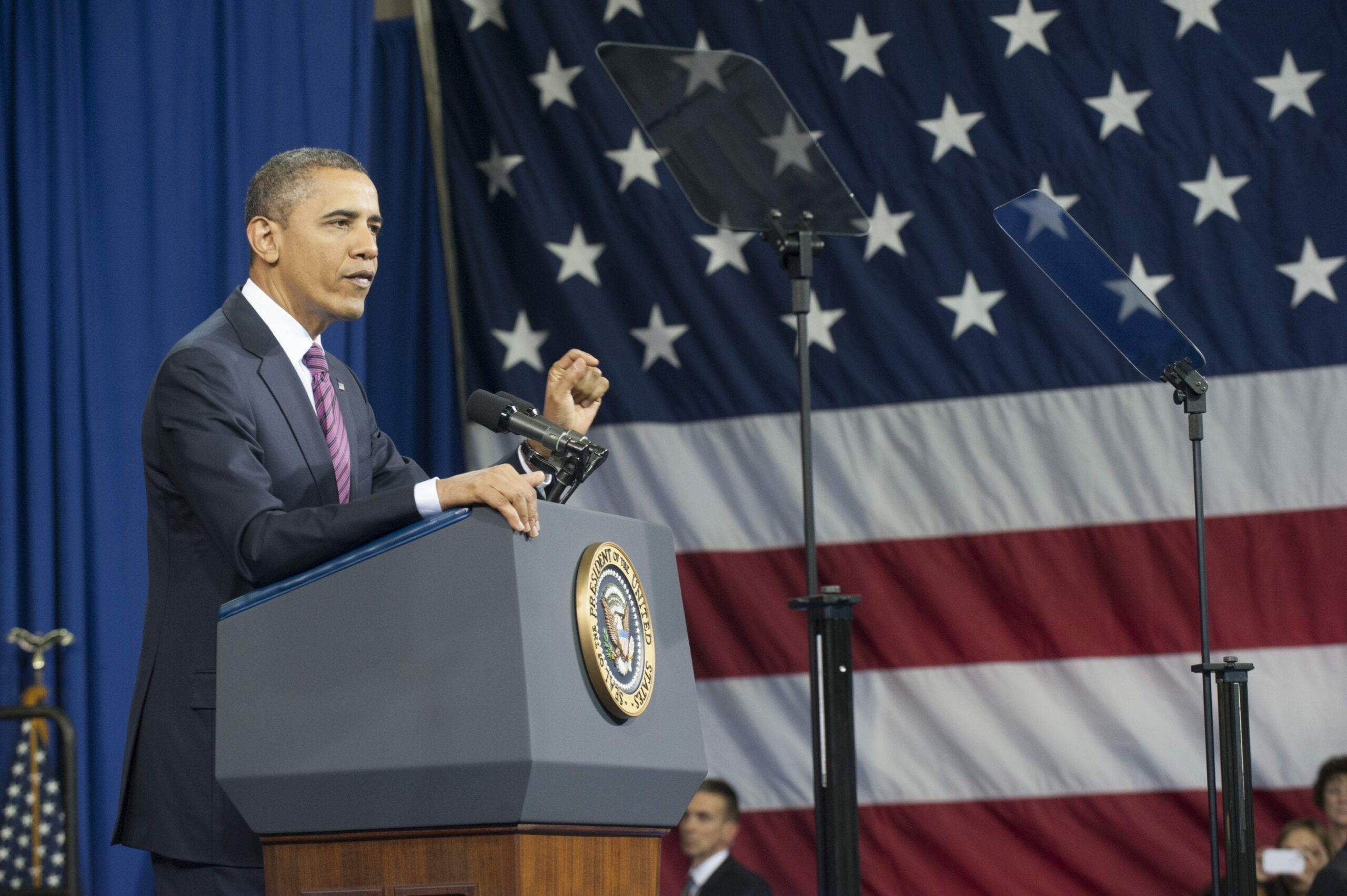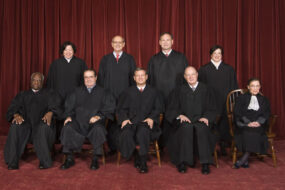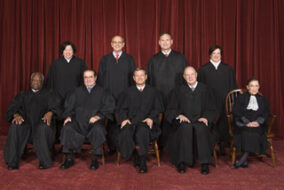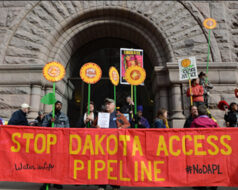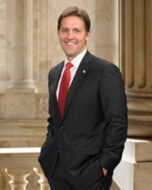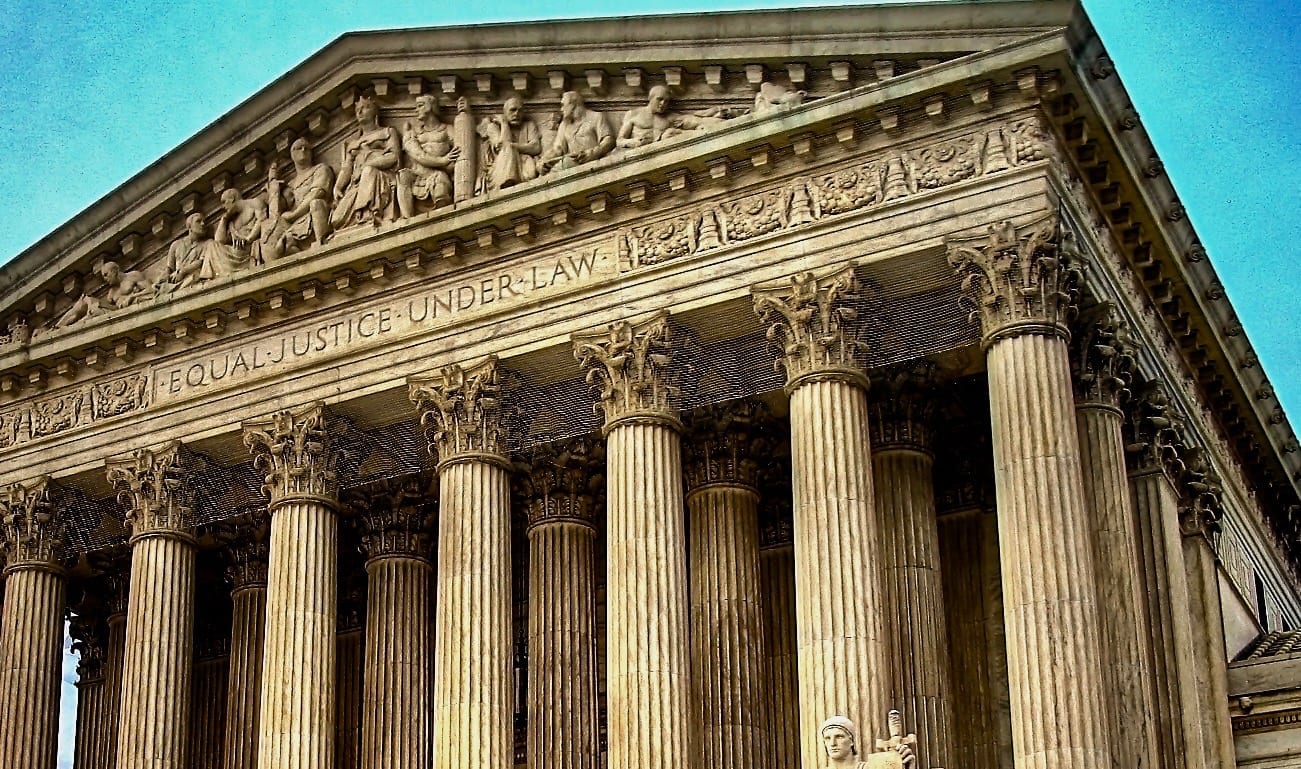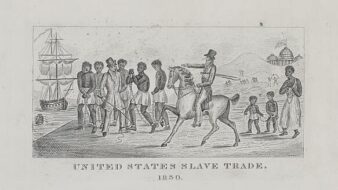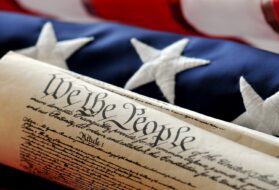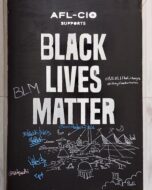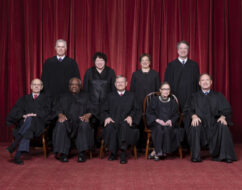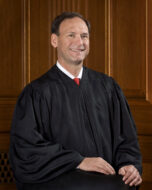
Introduction
Fred Phelps was the founder and sole pastor of the Westboro Baptist Church. His sect applauds the killing of U.S. soldiers as divine retribution for the sin of homosexuality and for allowing gays in the armed services. To convey their message, the Westboro Baptists picketed more than six hundred funerals over twenty years. Marine Lance Corporal Matthew Snyder was killed in Iraq in 2003 and buried in a Catholic funeral service provided by his father, Albert Snyder, in Westminster, MD. Phelps and six of his relatives picketed the funeral, holding up antigay and anti-Catholic signs. Although he did not witness the picketing during the funeral ceremony, Albert Snyder subsequently viewed it on television. He claimed that the emotional trauma of the spectacle damaged his physical and mental health, a claim corroborated by his physicians. He thus sued for intentional infliction of emotional duress and won more than $10 million in combined punitive and compensatory damages. However, the Fourth Circuit Court reversed the judgment.
Writing for the Supreme Court (the case was decided 8–1), Chief Justice John Roberts (1955–) affirmed the Fourth Circuit’s decision in favor of the Westboro Baptists. His opinion turned on the question of whether or not the speech was of a “public or private concern.” Justice Alito’s dissent argued that on the contrary, the Westboro Baptists “went far beyond commentary of public concerns.” Their vilification of gays and Catholics combined with their invasion of Snyder’s privacy did not deserve First Amendment protection.
Source: 562 U.S. 443, https://www.law.cornell.edu/supct/html/09-751.ZS.html.
CHIEF JUSTICE ROBERTS delivered the opinion of the Court. . . .
Whether the First Amendment prohibits holding Westboro liable for its speech in this case turns largely on whether that speech is of public or private concern, as determined by all the circumstances of the case. . . . That is because “speech concerning public affairs is more than self-expression; it is the essence of self-government” (Garrison v. Louisiana, 1964). Accordingly, “speech on public issues occupies the highest rung of the hierarchy of First Amendment values, and is entitled to special protection” (Connick v. Myers, 1983).
. . . [W]here matters of purely private significance are at issue, First Amendment protections are often less rigorous. That is because restricting speech on purely private matters does not implicate the same constitutional concerns as limiting speech on matters of public interest: “[T]here is no threat to the free and robust debate of public issues; there is no potential interference with a meaningful dialogue of ideas”; and the “threat of liability” does not pose the risk of “a reaction of self-censorship” on matters of public import (Dun & Bradstreet).
We noted a short time ago, in considering whether public employee speech addressed a matter of public concern, that “the boundaries of the public concern test are not well defined” (San Diego v. Roe, 2004). Although that remains true today, we have articulated some guiding principles, principles that accord broad protection to speech to ensure that courts themselves do not become inadvertent censors. . . .
Deciding whether speech is of public or private concern requires us to examine the “content, form, and context” of that speech, “as revealed by the whole record” (Dun & Bradstreet). As in other First Amendment cases, the court is obligated “to make an independent examination of the whole record in order to make sure that the judgment does not constitute a forbidden intrusion on the field of free expression” (New York Times Company v. Sullivan., 1964). In considering content, form, and context, no factor is dispositive, and it is necessary to evaluate all the circumstances of the speech, including what was said, where it was said, and how it was said.
The “content” of Westboro’s signs plainly relates to broad issues of interest to society at large, rather than matters of “purely private concern.” The placards read “God Hates the USA/Thank God for 9/11,” “America is Doomed,” “Don’t Pray for the USA,” “Thank God for IEDs,” “Fag Troops,” “Semper Fi Fags,” “God Hates Fags,” “Maryland Taliban,” “Fags Doom Nations,” “Not Blessed Just Cursed,” “Thank God for Dead Soldiers,” “Pope in Hell,” “Priests Rape Boys,” “You’re Going to Hell,” and “God Hates You.” While these messages may fall short of refined social or political commentary, the issues they highlight—the political and moral conduct of the United States and its citizens, the fate of our nation, homosexuality in the military, and scandals involving the Catholic clergy—are matters of public import. The signs certainly convey Westboro’s position on those issues, in a manner designed, unlike the private speech in Dun & Bradstreet, to reach as broad a public audience as possible. And even if a few of the signs—such as “You’re Going to Hell” and “God Hates You”—were viewed as containing messages related to Matthew Snyder or the Snyders specifically, that would not change the fact that the overall thrust and dominant theme of Westboro’s demonstration spoke to broader public issues.
Apart from the content of Westboro’s signs, Snyder contends that the “context” of the speech—its connection with his son’s funeral—makes the speech a matter of private rather than public concern. The fact that Westboro spoke in connection with a funeral, however, cannot by itself transform the nature of Westboro’s speech. Westboro’s signs, displayed on public land next to a public street, reflect the fact that the church finds much to condemn in modern society. Its speech is “fairly characterized as constituting speech on a matter of public concern” (Connick), and the funeral setting does not alter that conclusion.
Snyder argues that the church members in fact mounted a personal attack on Snyder and his family, and then attempted to “immunize their conduct by claiming that they were actually protesting the United States’ tolerance of homosexuality or the supposed evils of the Catholic Church.” . . . Westboro had been actively engaged in speaking on the subjects addressed in its picketing long before it became aware of Matthew Snyder, and there can be no serious claim that Westboro’s picketing did not represent its “honestly believed” views on public issues.
Snyder goes on to argue that Westboro’s speech should be afforded less than full First Amendment protection “not only because of the words” but also because the church members exploited the funeral “as a platform to bring their message to a broader audience.” There is no doubt that Westboro chose to stage its picketing at the Naval Academy, the Maryland State House, and Matthew Snyder’s funeral to increase publicity for its views and because of the relation between those sites and its views—in the case of the military funeral—because Westboro believes that God is killing American soldiers as punishment for the nation’s sinful policies.
Westboro’s choice to convey its views in conjunction with Matthew Snyder’s funeral made the expression of those views particularly hurtful to many, especially to Matthew’s father. The record makes clear that the applicable legal term—“emotional distress”—fails to capture fully the anguish Westboro’s choice added to Mr. Snyder’s already incalculable grief. But Westboro conducted its picketing peacefully on matters of public concern at a public place adjacent to a public street. Such space occupies a “special position in terms of First Amendment protection” (United States v. Grace, 1983). . . .“[W]e have repeatedly referred to public streets as the archetype of a traditional public forum,” noting that “ ‘[t]ime out of mind’ public streets and sidewalks have been used for public assembly and debate” (Frisby v. Schultz, 1988). . . .
We have identified a few limited situations where the location of targeted picketing can be regulated under provisions that the Court has determined to be content neutral. In Frisby, for example, we upheld a ban on such picketing “before or about” a particular residence. In Madsen v. Women’s Health Center, Inc. (1994) we approved an injunction requiring a buffer zone between protesters and an abortion clinic entrance. The facts here are obviously quite different, both with respect to the activity being regulated and the means of restricting those activities.
Simply put, the church members had the right to be where they were. Westboro alerted local authorities to its funeral protest and fully complied with police guidance on where the picketing could be staged. The picketing was conducted under police supervision some one thousand feet from the church, out of the sight of those at the church. The protest was not unruly; there was no shouting, profanity, or violence.
The record confirms that any distress occasioned by Westboro’s picketing turned on the content and viewpoint of the message conveyed, rather than any interference with the funeral itself. A group of parishioners standing at the very spot where Westboro stood, holding signs that said “God Bless America” and “God Loves You,” would not have been subjected to liability. It was what Westboro said that exposed it to tort damages.
Given that Westboro’s speech was at a public place on a matter of public concern, that speech is entitled to “special protection” under the First Amendment. Such speech cannot be restricted simply because it is upsetting or arouses contempt. “If there is a bedrock principle underlying the First Amendment, it is that the government may not prohibit the expression of an idea simply because society finds the idea itself offensive or disagreeable” (Texas v. Johnson, 1989). Indeed, “the point of all speech protection . . . is to shield just those choices of content that in someone’s eyes are misguided, or even hurtful” (Hurley v. Irish-American Gay, Lesbian and Bisexual Group of Boston, Inc., 1995).
The jury here was instructed that it could hold Westboro liable for intentional infliction of emotional distress based on a finding that Westboro’s picketing was “outrageous.” “Outrageousness,” however, is a highly malleable standard with “an inherent subjectiveness about it which would allow a jury to impose liability on the basis of the jurors’ tastes or views, or perhaps on the basis of their dislike of a particular expression” (Hustler v. Falwell). In a case such as this, a jury is “unlikely to be neutral with respect to the content of [the] speech,” posing “a real danger of becoming an instrument for the suppression of . . . ‘vehement, caustic, and sometimes unpleasan[t]’ ” expression (Bose Corp., quoting New York Times). Such a risk is unacceptable; “in public debate [we] must tolerate insulting, and even outrageous, speech in order to provide adequate ‘breathing space’ to the freedoms protected by the First Amendment” (Boos v. Barry, 1988). What Westboro said, in the whole context of how and where it chose to say it, is entitled to “special protection” under the First Amendment, and that protection cannot be overcome by a jury finding that the picketing was outrageous.
For all these reasons, the jury verdict imposing tort liability on Westboro for intentional infliction of emotional distress must be set aside.
Snyder argues that even assuming Westboro’s speech is entitled to First Amendment protection generally, the church is not immunized from liability for intrusion upon seclusion[1] because Snyder was a member of a captive audience at his son’s funeral. . . .
As a general matter, we have applied the captive audience doctrine only sparingly to protect unwilling listeners from protected speech. For example, we have upheld a statute allowing a homeowner to restrict the delivery of offensive mail to his home (see Rowan v. Post Office Department, 1970), and an ordinance prohibiting picketing “before or about” any individual’s residence (Frisby).
Here, Westboro stayed well away from the memorial service. Snyder could see no more than the tops of the signs when driving to the funeral. And there is no indication that the picketing in any way interfered with the funeral service itself. We decline to expand the captive audience doctrine to the circumstances presented here. . . .
Westboro believes that America is morally flawed; many Americans might feel the same about Westboro. Westboro’s funeral picketing is certainly hurtful and its contribution to public discourse may be negligible. But Westboro addressed matters of public import on public property, in a peaceful manner, in full compliance with the guidance of local officials. The speech was indeed planned to coincide with Matthew Snyder’s funeral, but did not itself disrupt that funeral, and Westboro’s choice to conduct its picketing at that time and place did not alter the nature of its speech.
Speech is powerful. It can stir people to action, move them to tears of both joy and sorrow, and—as it did here—inflict great pain. On the facts before us, we cannot react to that pain by punishing the speaker. As a nation we have chosen a different course—to protect even hurtful speech on public issues to ensure that we do not stifle public debate. That choice requires that we shield Westboro from tort liability for its picketing in this case.
The judgment of the United States Court of Appeals for the Fourth Circuit is affirmed.
It is so ordered.
JUSTICE ALITO, dissenting.
Our profound national commitment to free and open debate is not a license for the vicious verbal assault that occurred in this case.
Petitioner Albert Snyder is not a public figure. He is simply a parent whose son, Marine Lance Corporal Matthew Snyder, was killed in Iraq. Mr. Snyder wanted what is surely the right of any parent who experiences such an incalculable loss: to bury his son in peace. But respondents,[2] members of the Westboro Baptist Church, deprived him of that elementary right. They first issued a press release and thus turned Matthew’s funeral into a tumultuous media event. They then appeared at the church, approached as closely as they could without trespassing, and launched a malevolent verbal attack on Matthew and his family at a time of acute emotional vulnerability. As a result, Albert Snyder suffered severe and lasting emotional injury. The Court now holds that the First Amendment protected respondents’ right to brutalize Mr. Snyder. I cannot agree.
Respondents and other members of their church have strong opinions on certain moral, religious, and political issues, and the First Amendment ensures that they have almost limitless opportunities to express their views. They may write and distribute books, articles, and other texts; they may create and disseminate video and audio recordings; they may circulate petitions; they may speak to individuals and groups in public forums and in any private venue that wishes to accommodate them; they may picket peacefully in countless locations; they may appear on television and speak on the radio; they may post messages on the Internet and send out e-mails. And they may express their views in terms that are “uninhibited,” “vehement,” and “caustic” (New York Times Co. v. Sullivan, 1964).[3]
It does not follow, however, that they may intentionally inflict severe emotional injury on private persons at a time of intense emotional sensitivity by launching vicious verbal attacks that make no contribution to public debate. . . .
In this case, respondents brutally attacked Matthew Snyder, and this attack, which was almost certain to inflict injury, was central to respondents’ well-practiced strategy for attracting public attention.
On the morning of Matthew Snyder’s funeral, respondents could have chosen to stage their protest at countless locations. They could have picketed the United States Capitol, the White House, the Supreme Court, the Pentagon, or any of the more than 5,600 military recruiting stations in this country. They could have returned to the Maryland State House or the United States Naval Academy, where they had been the day before. They could have selected any public road where pedestrians are allowed. (There are more than 4,000,000 miles of public roads in the United States.) They could have staged their protest in a public park. (There are more than 20,000 public parks in this country.) They could have chosen any Catholic church where no funeral was taking place. (There are nearly 19,000 Catholic churches in the United States.) But of course, a small group picketing at any of these locations would have probably gone unnoticed.
The Westboro Baptist Church, however, has devised a strategy that remedies this problem. As the Court notes, church members have protested at nearly six hundred military funerals. . . .
This strategy works because it is expected that respondents’ verbal assaults will wound the family and friends of the deceased and because the media is irresistibly drawn to the sight of persons who are visibly in grief. The more outrageous the funeral protest, the more publicity the Westboro Baptist Church is able to obtain. . . .
In this case, respondents implemented the Westboro Baptist Church’s publicity-seeking strategy. Their press release stated that they were going “to picket the funeral of Lance Cpl. Matthew A. Snyder” because “God Almighty killed Lance Cpl. Snyder. He died in shame, not honor—for a fag nation cursed by God. . . . Now in Hell—sine die.” This announcement guaranteed that Matthew’s funeral would be transformed into a raucous media event and began the wounding process. It is well known that anticipation may heighten the effect of a painful event. . . .
Even if those who attended the funeral were not alerted in advance about respondents’ intentions, the meaning of [the] signs would not have been missed. Since respondents chose to stage their protest at Matthew Snyder’s funeral and not at any of the other countless available venues, a reasonable person would have assumed that there was a connection between the messages on the placards and the deceased. Moreover, since a church funeral is an event that naturally brings to mind thoughts about the afterlife, some of respondents’ signs—e.g., “God Hates You,” “Not Blessed Just Cursed,” and “You’re Going to Hell”—would have likely been interpreted as referring to God’s judgment of the deceased.
Other signs would most naturally have been understood as suggesting—falsely—that Matthew was gay. . . .
After the funeral, the Westboro picketers reaffirmed the meaning of their protest. They posted an online account entitled “The Burden of Marine Lance Cpl. Matthew A. Snyder. The Visit of Westboro Baptist Church to Help the Inhabitants of Maryland Connect the Dots!” Belying any suggestion that they had simply made general comments about homosexuality, the Catholic Church, and the U.S. military, the “epic” addressed the Snyder family directly: “God blessed you, Mr. and Mrs. Snyder, with a resource and his name was Matthew. He was an arrow in your quiver! In thanks to God for the comfort the child could bring you, you had a DUTY to prepare that child to serve the LORD his GOD—PERIOD! You did JUST THE OPPOSITE—you raised him for the devil.” . . .
In light of this evidence, it is abundantly clear that respondents, going far beyond commentary on matters of public concern, specifically attacked Matthew Snyder because (1) he was a Catholic and (2) he was a member of the U.S. military. Both Matthew and petitioner[4] were private figures, and this attack was not speech on a matter of public concern. While commentary on the Catholic Church or the U.S. military constitutes speech on matters of public concern, speech regarding Matthew Snyder’s purely private conduct does not. . . .
The Court concludes that respondents’ speech was protected by the First Amendment for essentially three reasons, but none is sound.
First—and most important—the Court finds that “the overall thrust and dominant theme of [their] demonstration spoke to” broad public issues. As I have attempted to show, this portrayal is quite inaccurate; respondents’ attack on Matthew was of central importance. But in any event, I fail to see why actionable speech should be immunized simply because it is interspersed with speech that is protected. The First Amendment allows recovery for defamatory statements that are interspersed with nondefamatory statements on matters of public concern, and there is no good reason why respondents’ attack on Matthew Snyder and his family should be treated differently.[5] . . .
Respondents’ outrageous conduct caused petitioner great injury, and the Court now compounds that injury by depriving petitioner of a judgment that acknowledges the wrong he suffered.
In order to have a society in which public issues can be openly and vigorously debated, it is not necessary to allow the brutalization of innocent victims like petitioner. I therefore respectfully dissent.
- 1. People have a right to privacy and thus a right to seclusion in purely private matters that others cannot interfere with in a way that would be offensive to a reasonable person. Someone who intrudes on someone else’s seclusion offensively may be liable for damages.
- 2. The respondent is the party against whom a petition is filed, especially one on appeal.
- 3. New York Times Company v. Sullivan.
- 4. A person, in this case Matthew Snyder’s father, who makes a formal application to a court for a writ, judicial action in a suit, etc.
- 5. According to Justice Alito, the other two reasons were that the attack on Matthew Snyder was not motivated by a personal grudge and that the attack occurred on a public street.

Conversation-based seminars for collegial PD, one-day and multi-day seminars, graduate credit seminars (MA degree), online and in-person.
